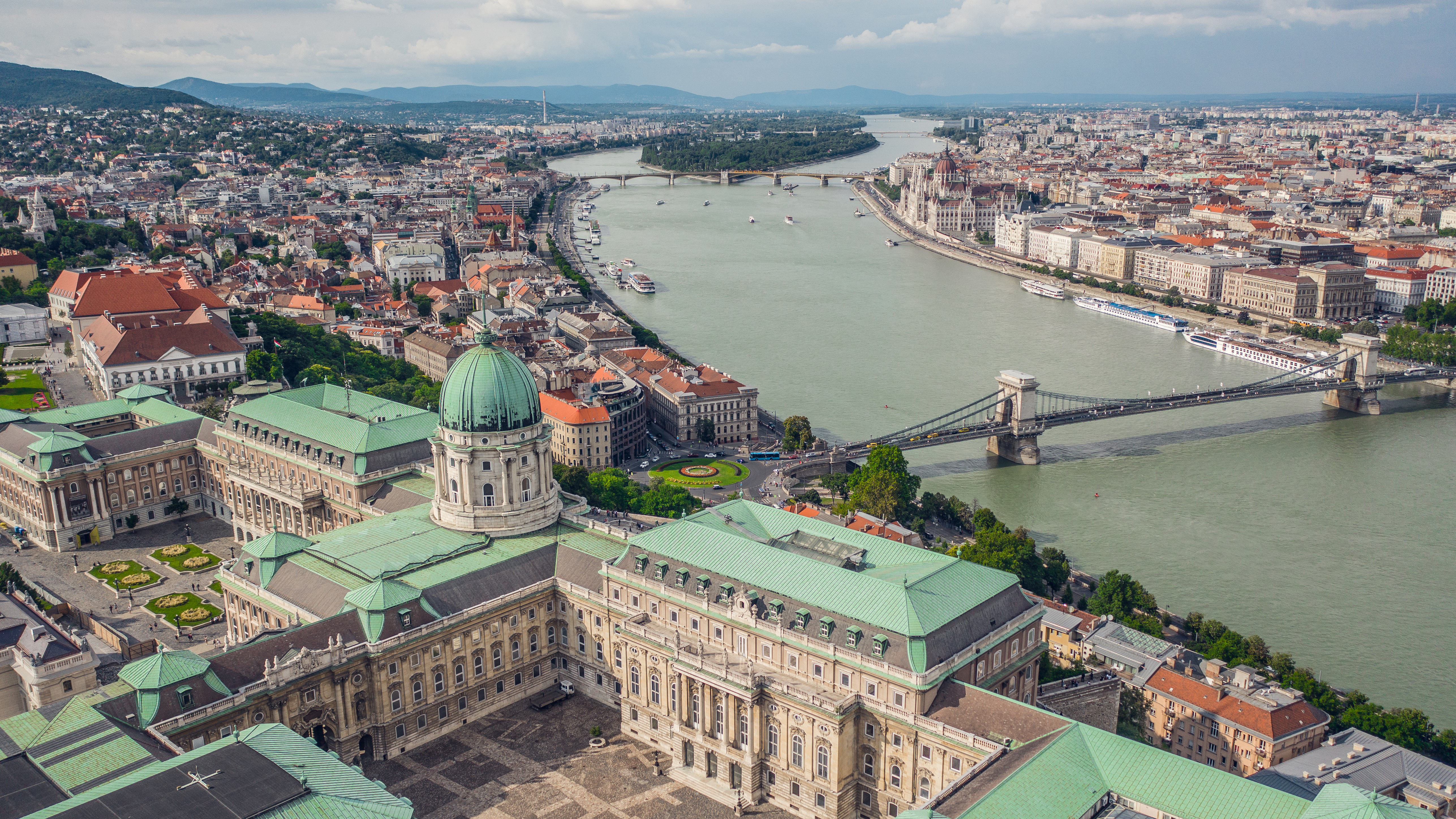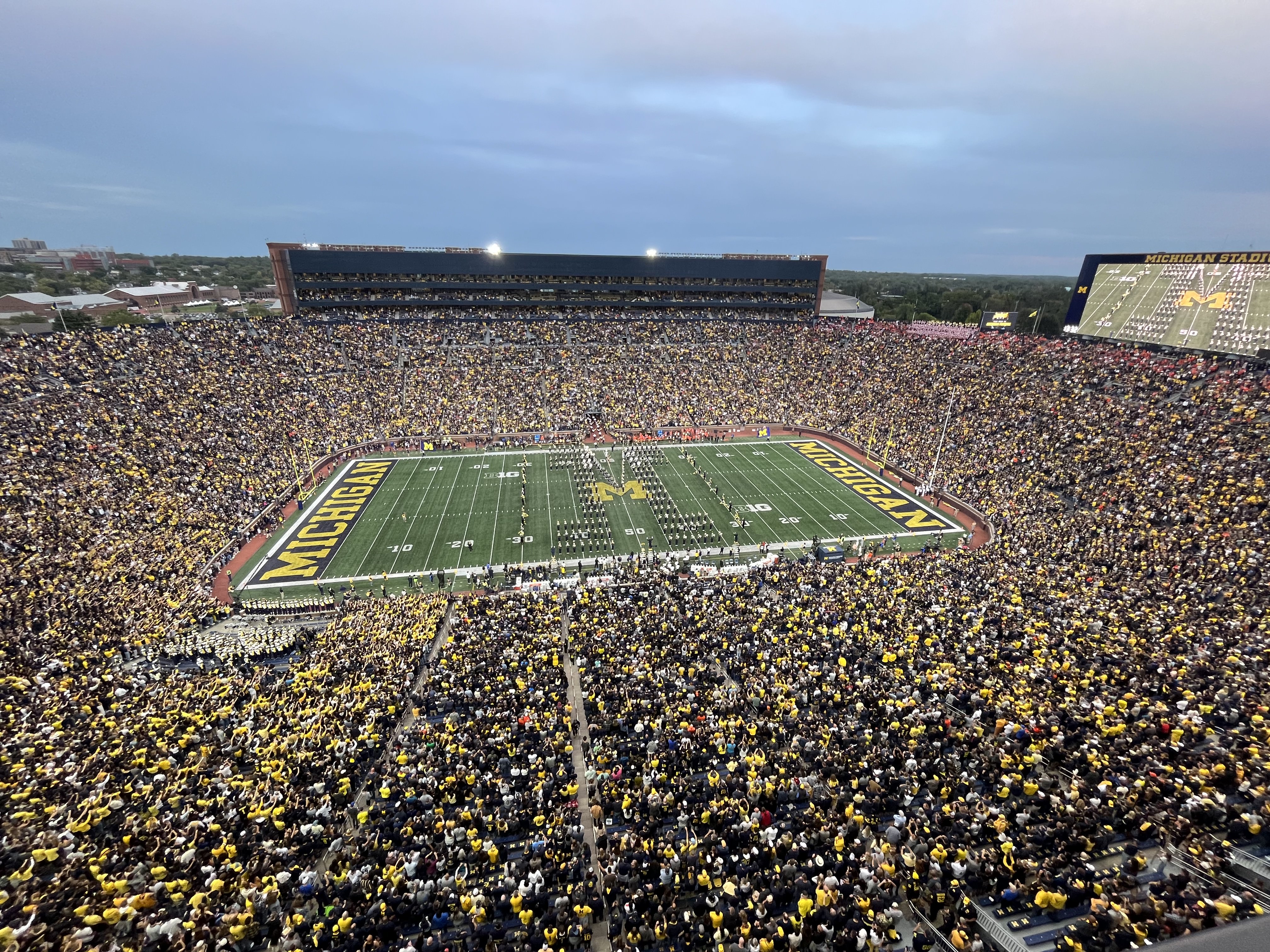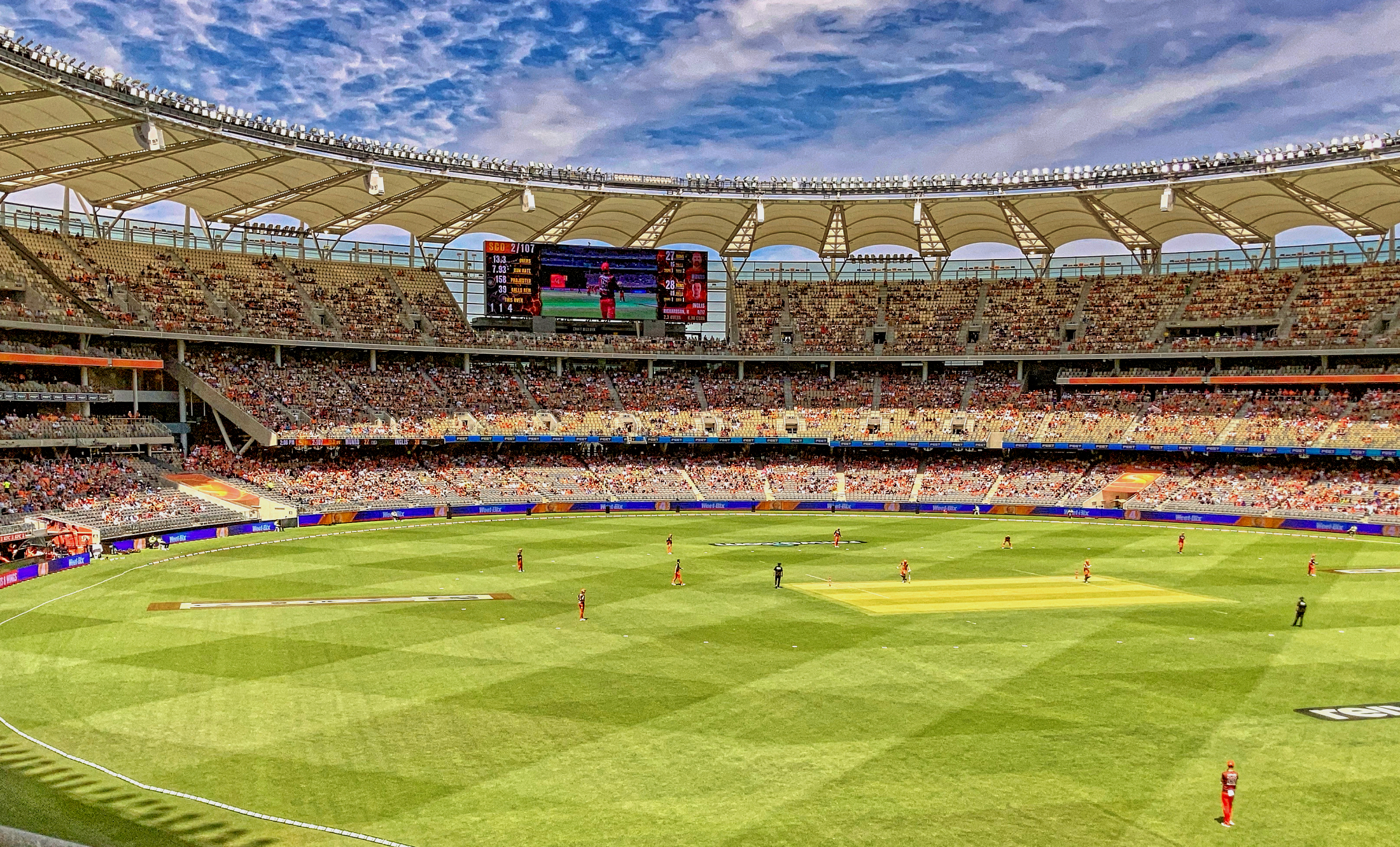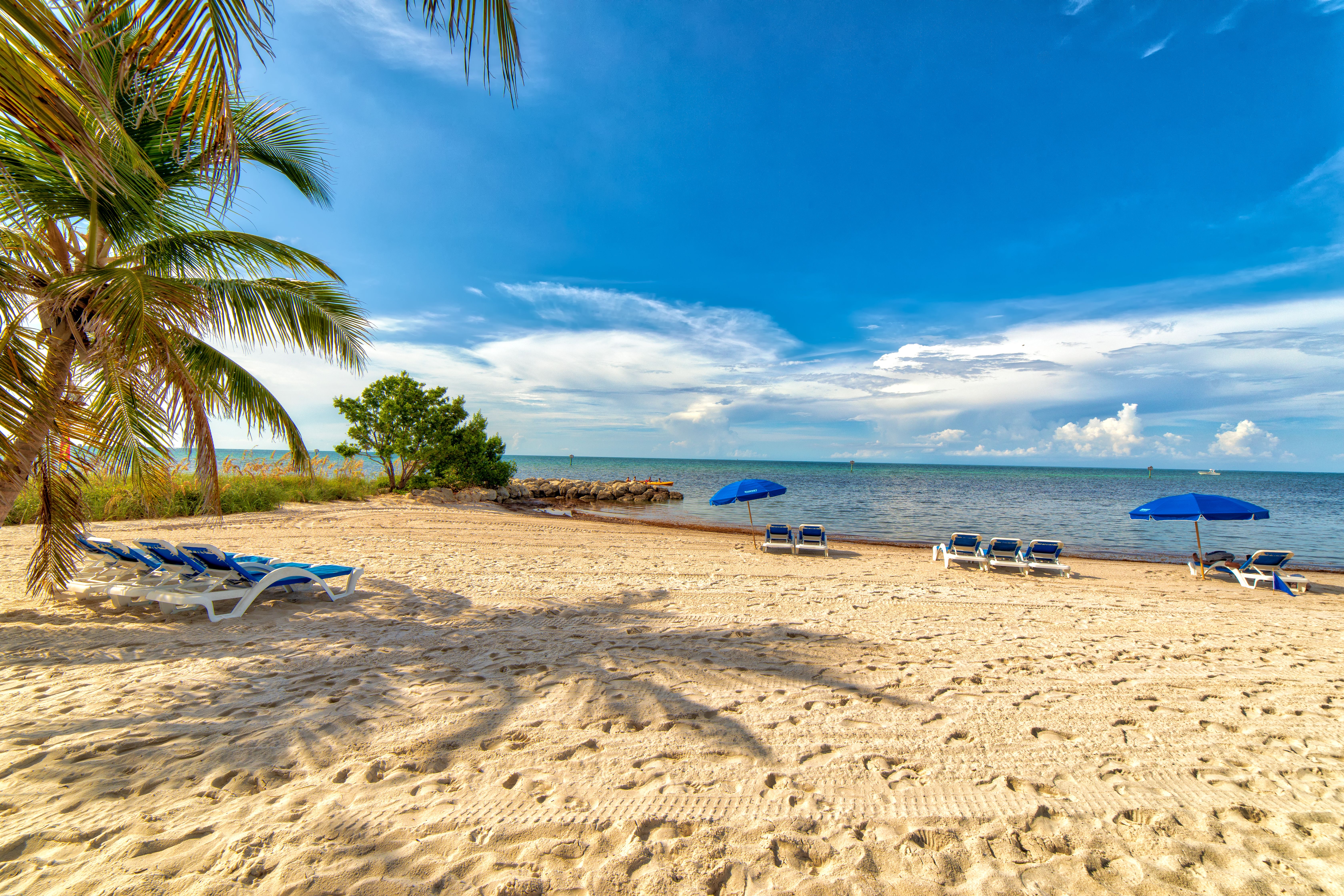13 Hauntingly Beautiful Shipwrecks You Can Still Explore Safely
Forget ghost stories whispered on foggy nights; the real magic lies beneath the waves where history sleeps. Sunken vessels transform into breathtaking artificial reefs, teeming with life yet frozen in their final moment. These aren't just twisted metal; they're time capsules offering silent tales of voyages won and lost. For certified divers, exploring these underwater museums is a unique blend of adventure, history, and natural wonder. Ready to dive in? Here are 13 hauntingly beautiful shipwrecks accessible for safe exploration, offering glimpses into the past enveloped by the vibrant present of marine life.
1. USAT Liberty, Bali, Indonesia
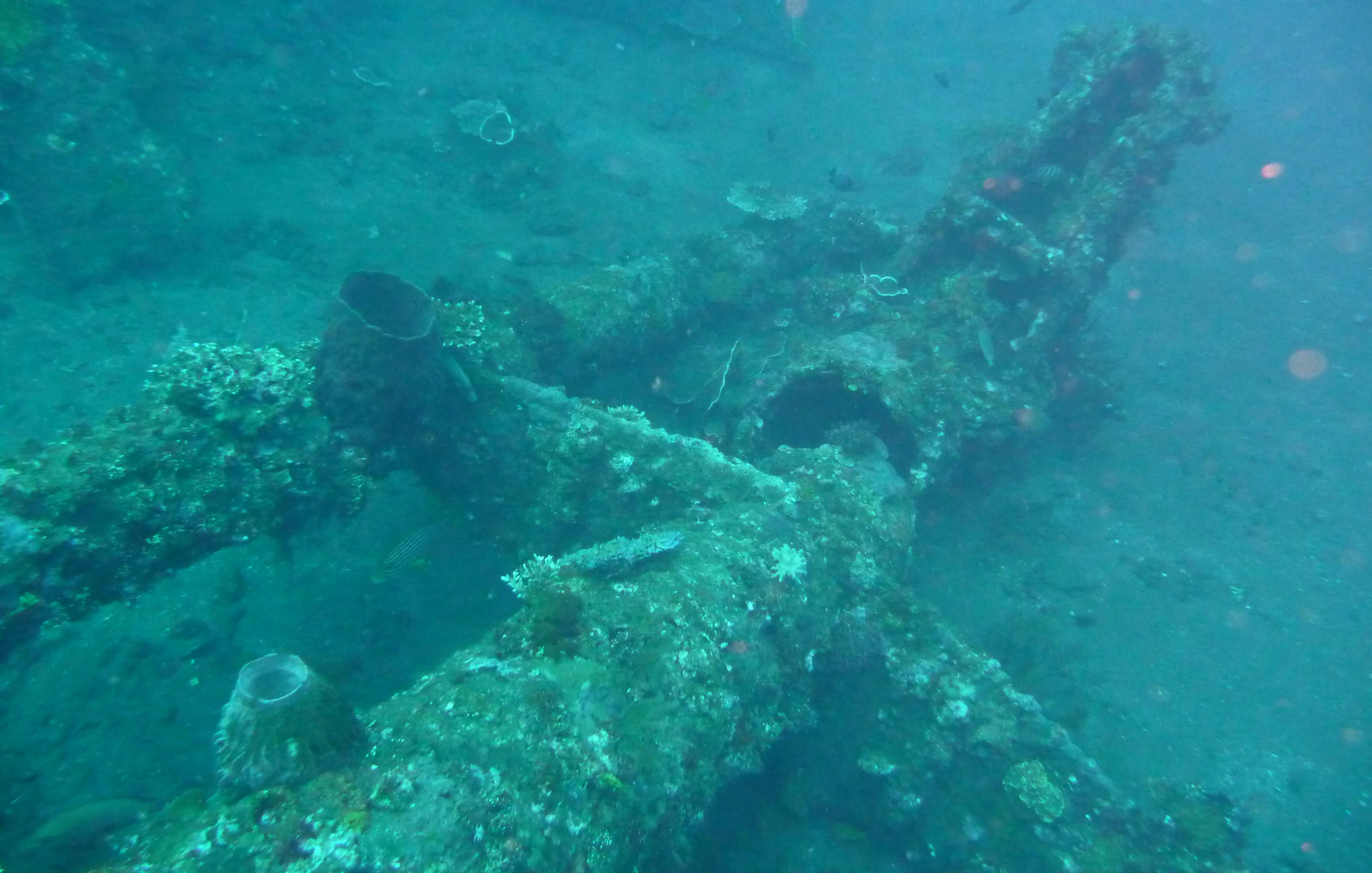
Torpedoed in WWII, this US Army transport ship was beached before a volcanic eruption nudged it beneath the waves just offshore Tulamben. Now lying mere metres from the beach in depths from 5 to 30 metres, it's one of the most accessible wrecks globally. Covered in vibrant corals and swarmed by diverse fish life, its skeletal remains, including swim-throughs and intact guns, offer stunning photo opportunities for snorkelers and divers of all levels. Its transformation into a thriving reef makes it tragically beautiful.
2. SS Thistlegorm, Red Sea, Egypt
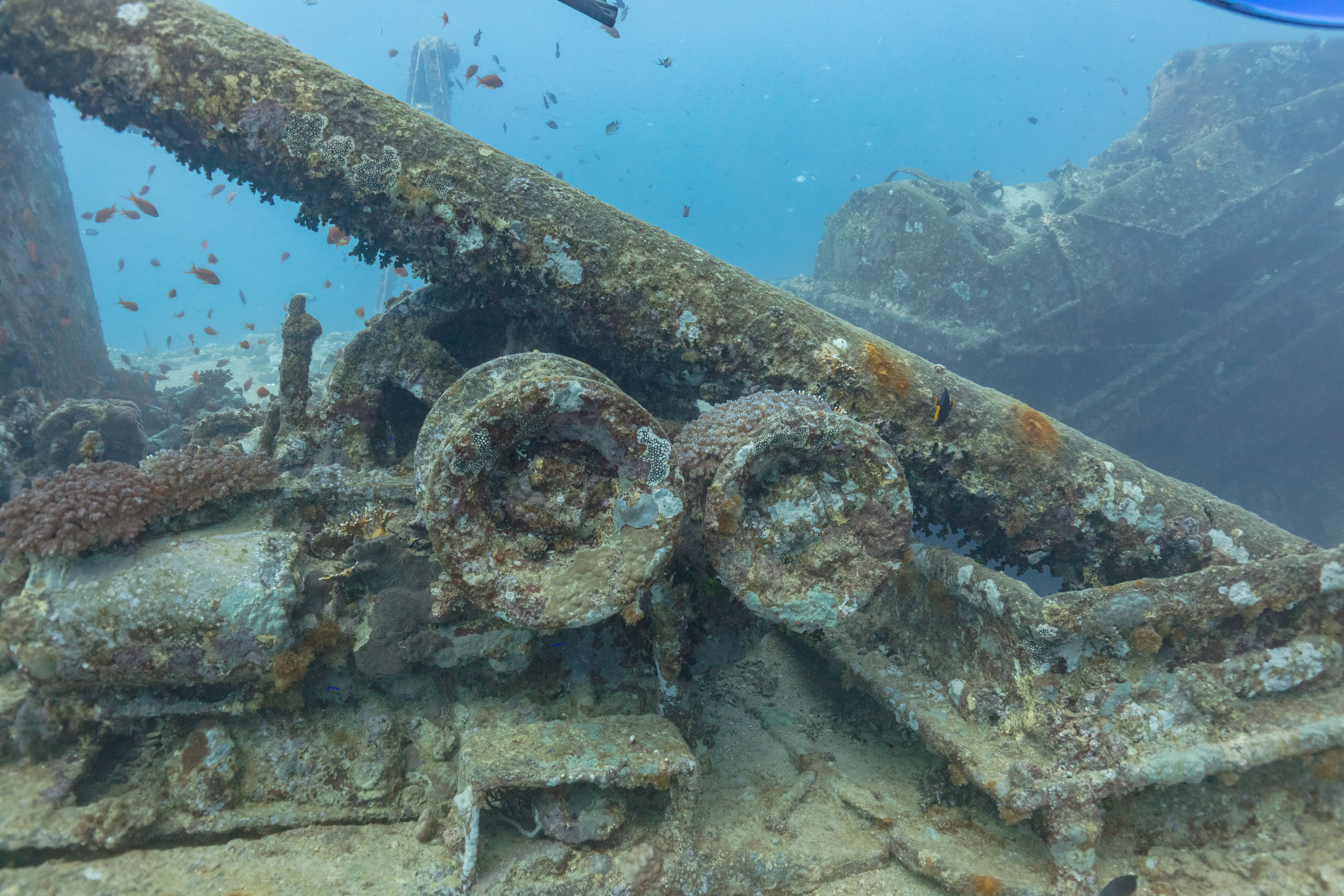
A legendary WWII casualty, this British freighter lies upright in about 30 metres of clear Red Sea water. Sunk by German bombers in 1941, its cargo holds remain astonishingly preserved, revealing motorcycles, trucks, rifles, railway wagons, and boots. Exploring this underwater museum feels like swimming through a moment frozen in time. The sheer amount of historical artefacts, combined with the abundant marine life now calling it home, makes the Thistlegorm a truly haunting and unforgettable dive experience for advanced divers.
3. Zenobia, Larnaca, Cyprus
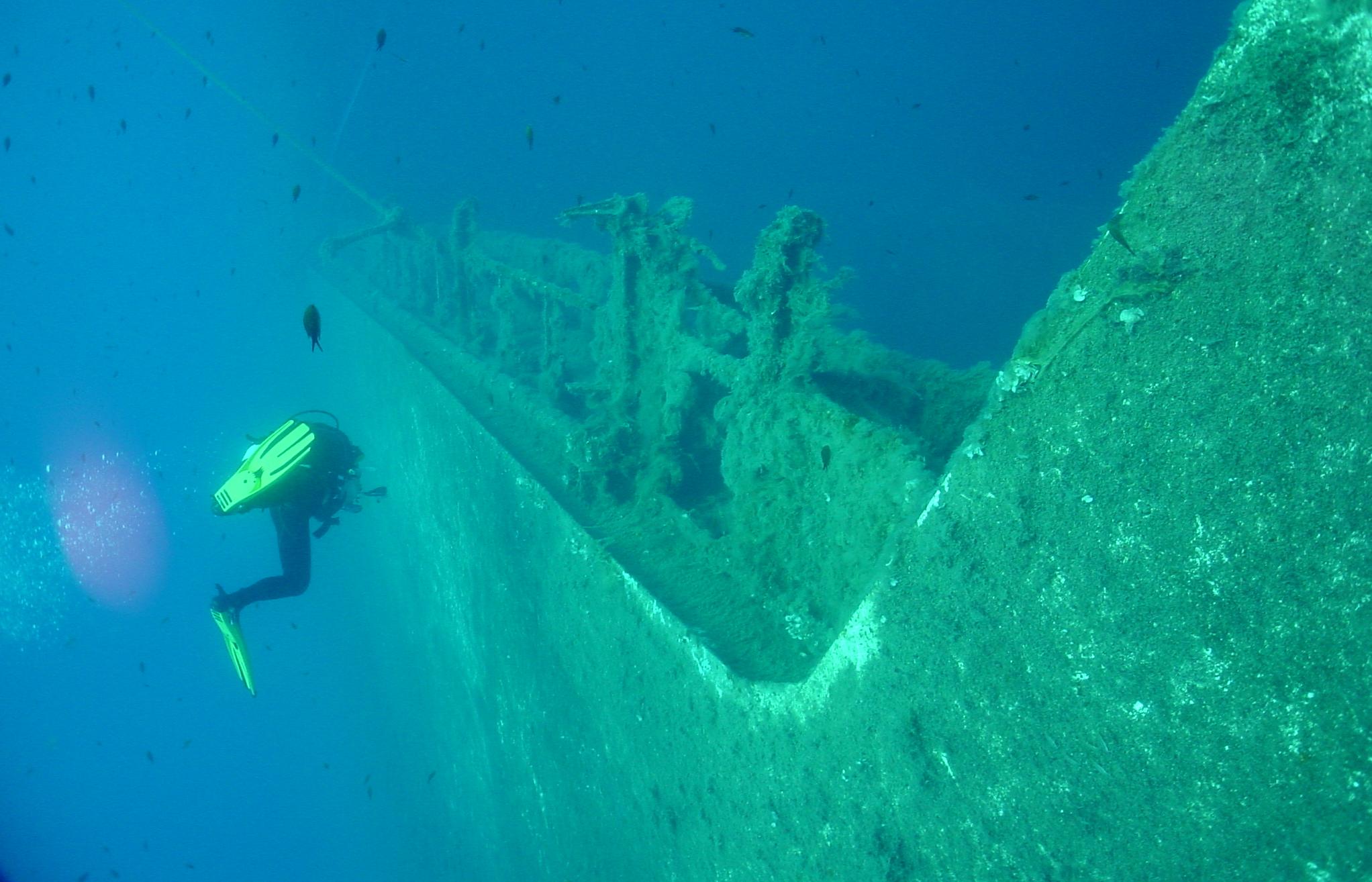
This massive Swedish roll-on/roll-off ferry dramatically capsized and sank outside Larnaca harbour on her maiden voyage in 1980, taking over 100 articulated lorries with her. Lying on her port side in 16 to 42 metres, the Zenobia is often called the "Titanic of the Mediterranean." Its sheer size allows for numerous dives, exploring truck decks, the bridge, and accommodation areas. The eerie sight of cargo still chained in place, combined with prolific marine life like groupers and barracuda, makes it a world-class wreck dive.
4. Sweepstakes, Tobermory, Ontario, Canada
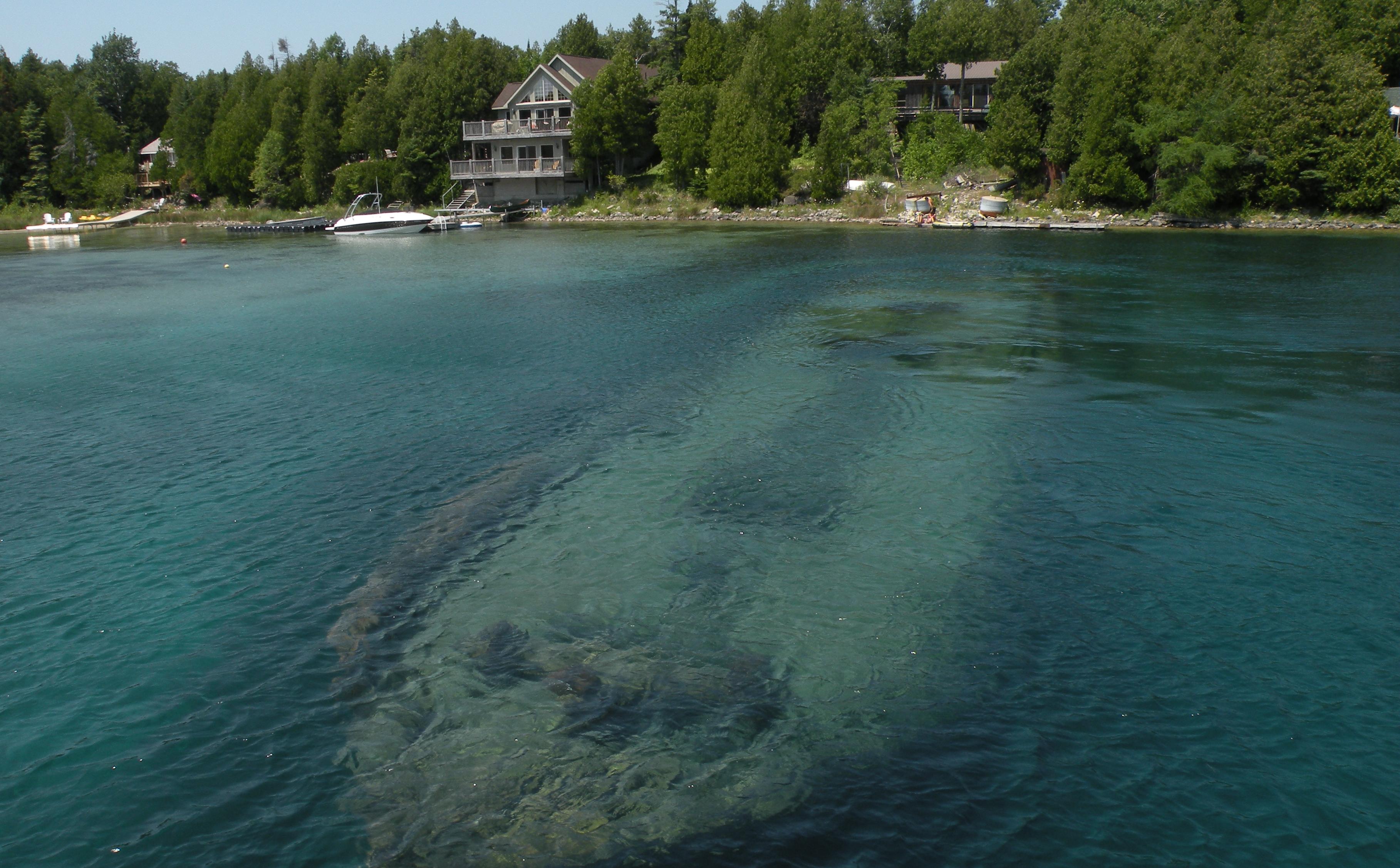
Resting in the crystal-clear, cold waters of Fathom Five National Marine Park near Tobermory, the schooner Sweepstakes is remarkably preserved. Sunk in 1885, it lies in just 6 metres (20 feet) of water, making it easily visible from glass-bottom boats and accessible for snorkelers and novice divers. Its intact hull and visible deck structures offer a ghostly glimpse into 19th-century Great Lakes shipping. The surrounding clear water and shallow depth give it an almost ethereal, museum-like quality right beneath the surface.
5. SS President Coolidge, Vanuatu
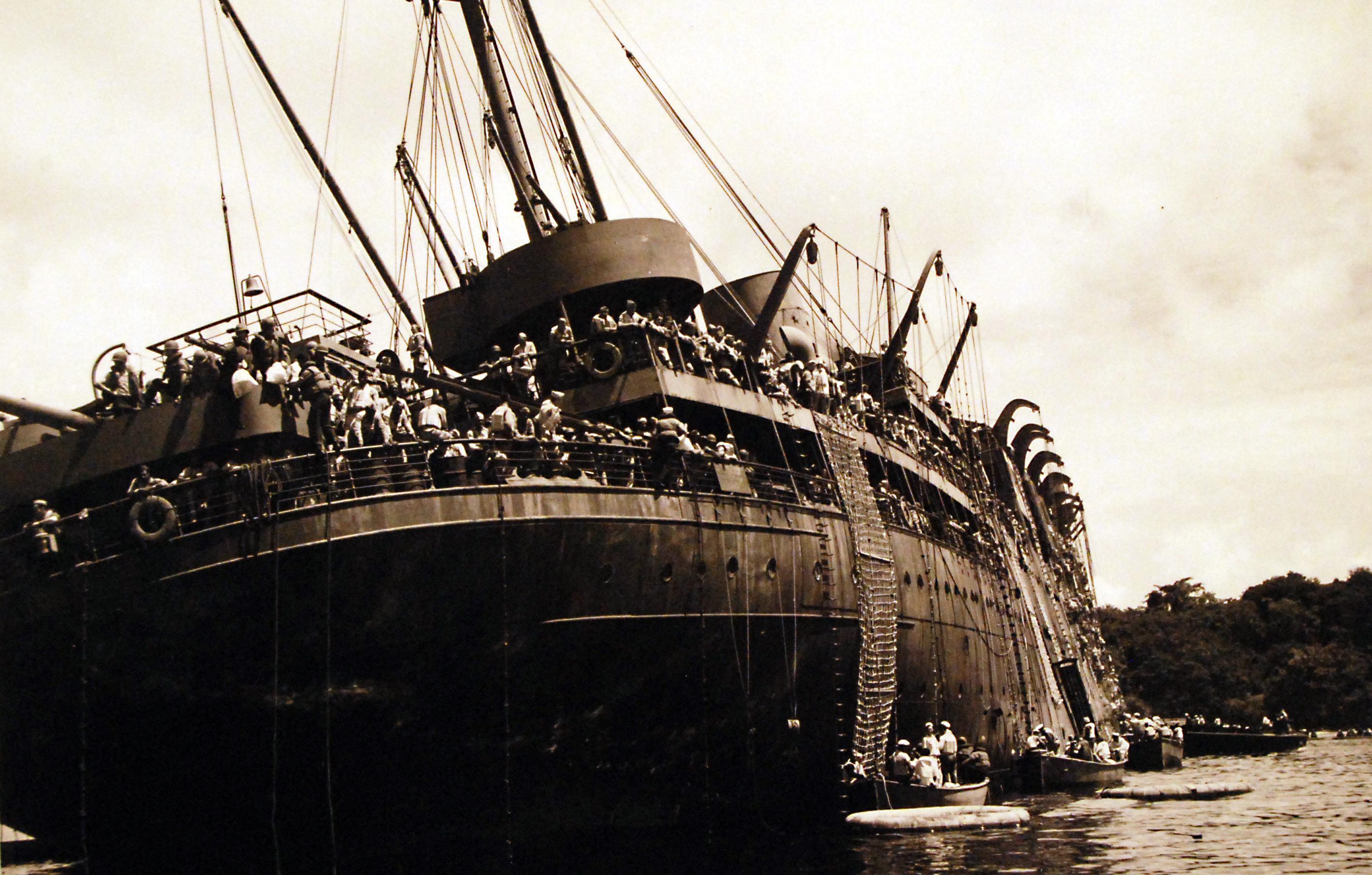
Once a luxury liner, then a WWII troopship, the Coolidge hit friendly mines and sank off Espiritu Santo in 1942. This colossal wreck starts in around 20 metres and slopes deeper, offering dives for various skill levels. Its accessible cargo holds contain jeeps, guns, and medical supplies. Famous sights include "The Lady," a porcelain relief figure, and the mosaic-tiled swimming pool. Exploring its vast, dimly lit corridors and witnessing the scale of this historical giant provides a truly haunting experience.
6. Hilma Hooker, Bonaire

This former cargo ship has a colourful past involving drug smuggling before being intentionally sunk off Bonaire's coast in 1984. Now lying on its starboard side between two coral reef systems at about 18-30 metres, the Hilma Hooker is a popular and accessible dive. Its clean lines and open cargo holds make for easy exploration. Encrusted with sponges and surrounded by reef fish, it serves as a stark, man-made structure beautifully reclaimed by nature, offering a safe yet evocative wreck dive experience.
7. Fujikawa Maru, Chuuk Lagoon, Micronesia
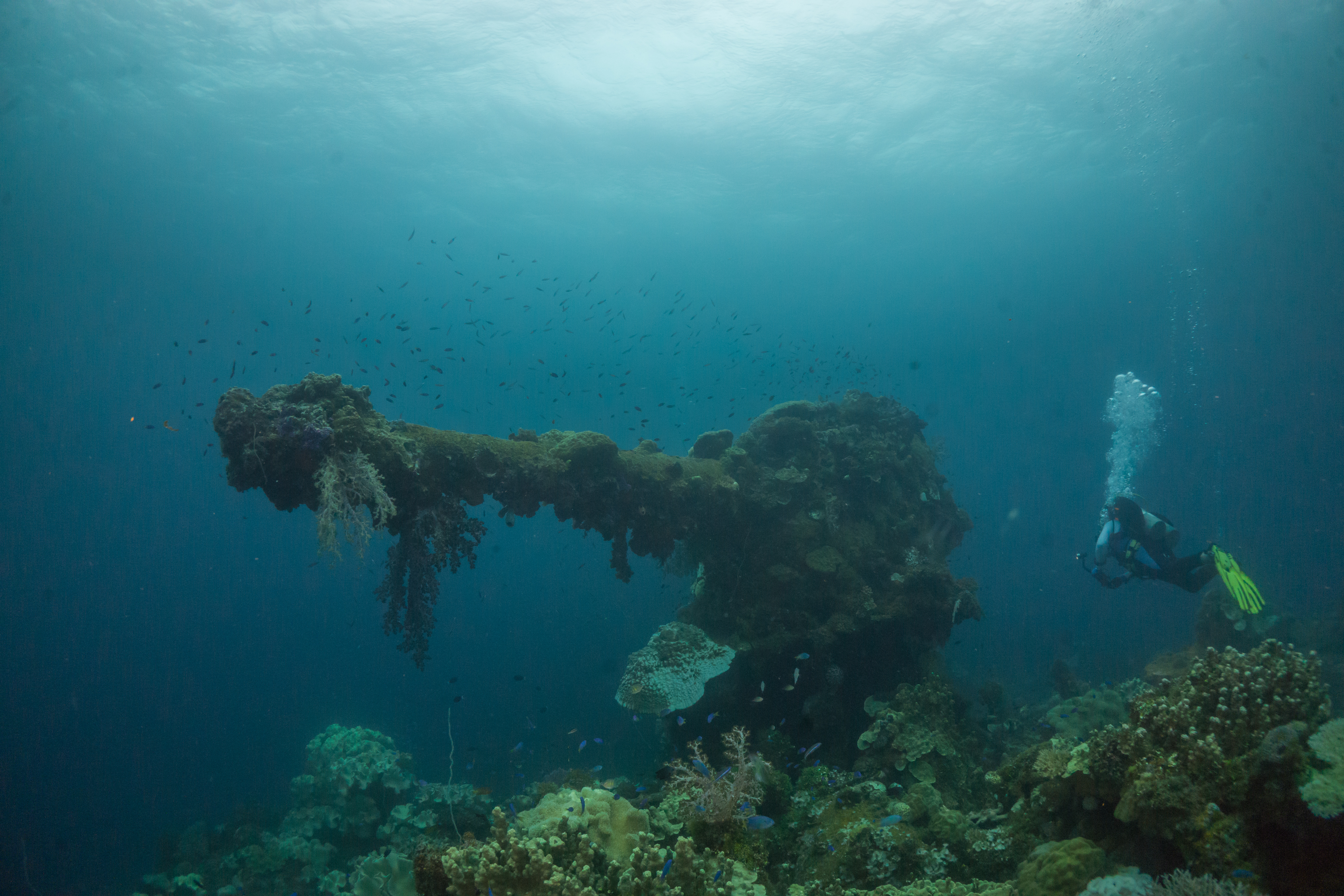
Part of the legendary WWII "Ghost Fleet," the Fujikawa Maru was a Japanese armed aircraft ferry sunk during Operation Hailstone in 1944. Sitting upright in roughly 15-35 metres, it's famed for the disassembled Zero fighter planes still visible in its forward hold. The engine room is impressive, and colourful corals adorn its superstructure. The juxtaposition of war machinery with vibrant marine life creates a poignant and visually stunning dive, offering a tangible connection to Pacific War history in this underwater graveyard.
8. RMS Rhone, British Virgin Islands
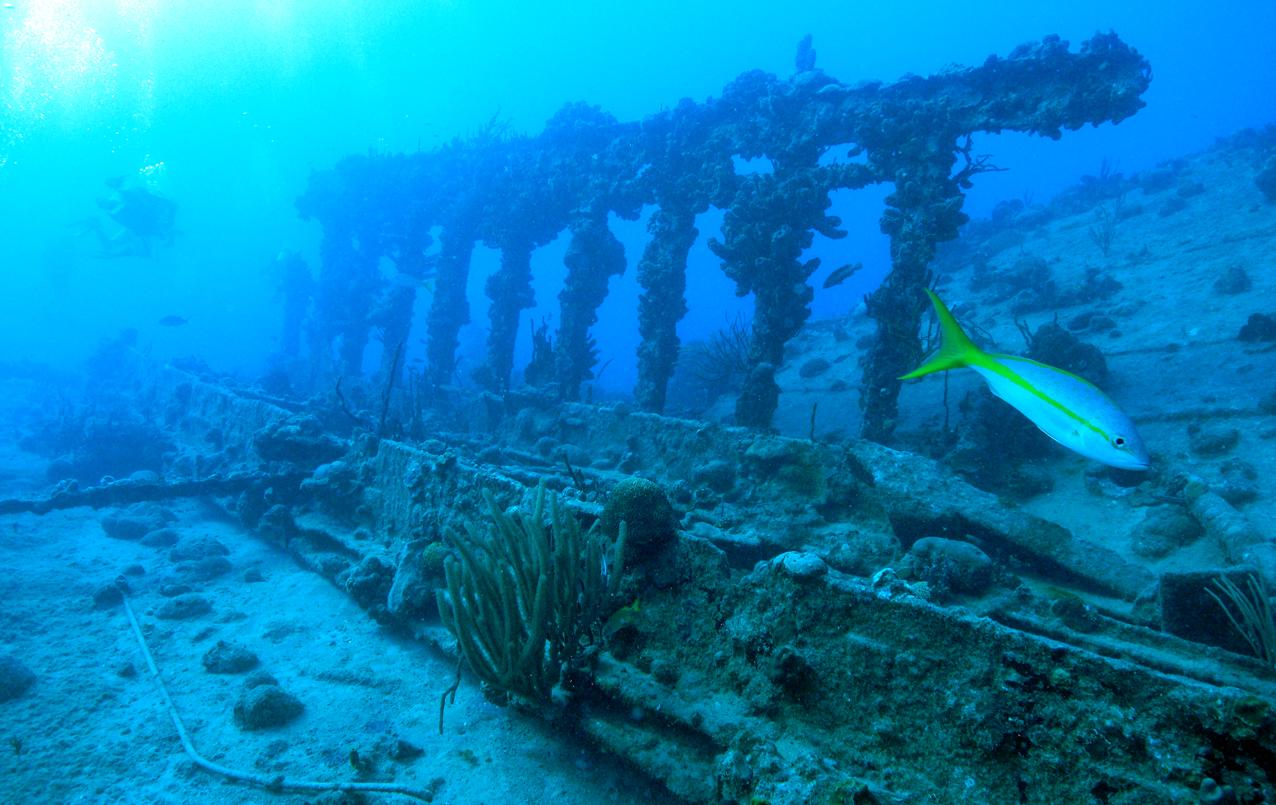
Lost in an 1867 hurricane, this Royal Mail Steamer lies in two main sections in relatively shallow water (15-25 metres) near Salt Island. Famous for its intact propeller, swim-through arches, and features like the "lucky porthole," the Rhone is considered one of the Caribbean's best wreck dives. Its tragic history and the encrusting coral and sponges, hosting abundant fish life, create a scene of haunting beauty. Featured in the movie "The Deep," its accessibility makes it popular.
10. SS Yongala, Queensland, Australia

Sunk by a cyclone in 1911 with all hands lost, the Yongala lay undiscovered for nearly 50 years. Now a protected historic wreck off the coast of Townsville, it rests between 15 and 30 metres. Due to its isolation and protected status, it attracts an incredible density and variety of marine life – giant groupers, sea snakes, turtles, eagle rays, and vast schools of fish often obscure the wreck itself. Strong currents can make it challenging, but the vibrant life clinging to this century-old tomb is breathtaking.
11. Um El Faroud, Malta
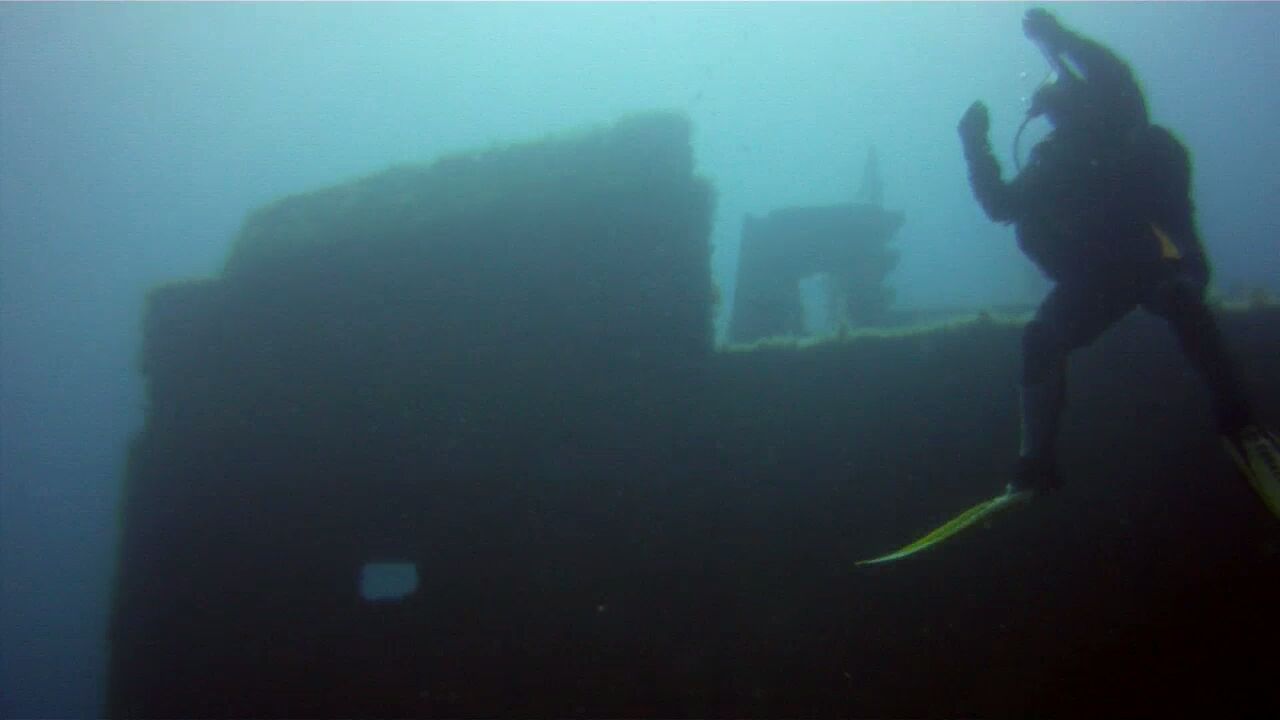
This Libyan oil tanker was scuttled as an artificial reef in 1998 near Wied iż-Żurrieq after a fatal explosion during maintenance work three years prior. The massive vessel (110 metres long) sits upright on a sandy bottom at a maximum depth of 36 metres. A storm later broke the wreck in two, adding to the exploration possibilities. Its sheer size, swim-through potential, and developing marine life make it an impressive dive, serving as both a memorial and a thriving underwater habitat.
12. USS Spiegel Grove (LSD-32), Key Largo, Florida

Intentionally sunk in 2002 to create an artificial reef, this massive 155-metre Landing Ship Dock is one of the largest accessible wrecks in the world. Initially lying on its side, hurricanes later righted it. Depths range from 20 to 40 metres, requiring advanced certification. Navigating its vast decks and superstructure, now home to goliath groupers and barracuda, offers a sense of scale and awe. Its deliberate sinking makes it less haunting historically, but its imposing underwater presence is undeniable.
13. Kizugawa Maru, Guadalcanal, Solomon Islands
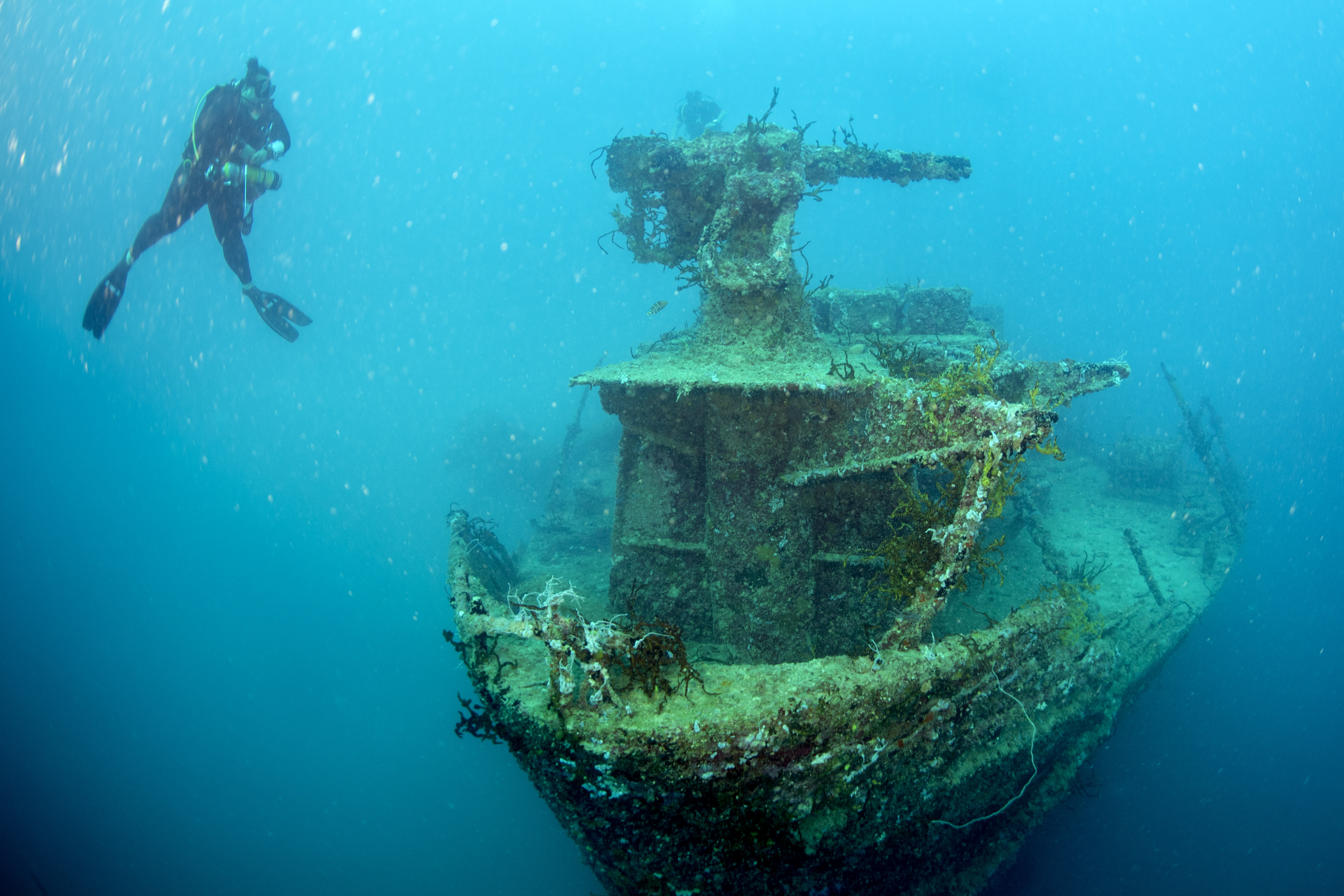
A casualty of the intense WWII fighting around Guadalcanal, this Japanese transport ship was likely bombed and beached before sinking near shore. It now rests in relatively shallow water, sloping from about 9 to 27 metres. Its accessibility from the beach makes it a popular site. The holds reportedly still contain remnants of its cargo, like sake bottles and supplies. Covered in coral and visited by reef fish, it stands as a silent monument to the fierce battles fought in these waters.
Echoes From the Deep
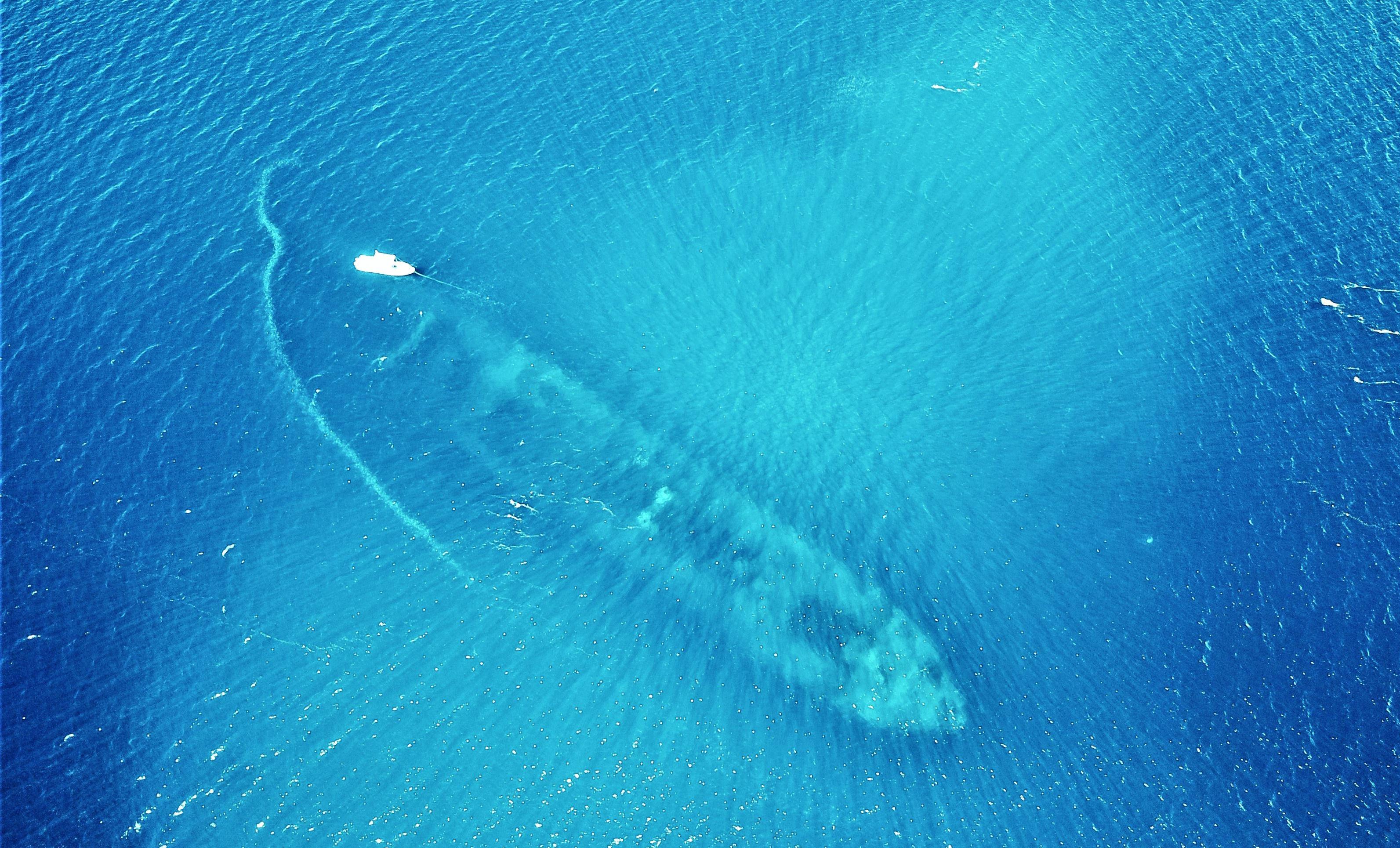
From Bali's accessible USAT Liberty to the legendary cargo holds of the SS Thistlegorm in the Red Sea, these glimpses into 13 explorable shipwrecks showcase just a fraction of the wonders lying beneath the waves. Each wreck is a unique monument, a testament to maritime history now beautifully reclaimed by nature and transformed into a vibrant, living reef. They offer divers a rare chance to swim through history, witnessing firsthand the silent stories captured in coral-encrusted steel. Exploring these sites safely and respectfully allows us to connect with tales of adventure, tragedy, and resilience. These hauntingly beautiful underwater museums remind us of the sea's profound power and the countless stories still waiting to be discovered in the quiet depths, inviting us always to look deeper and explore the mysteries held within our oceans' embrace.

